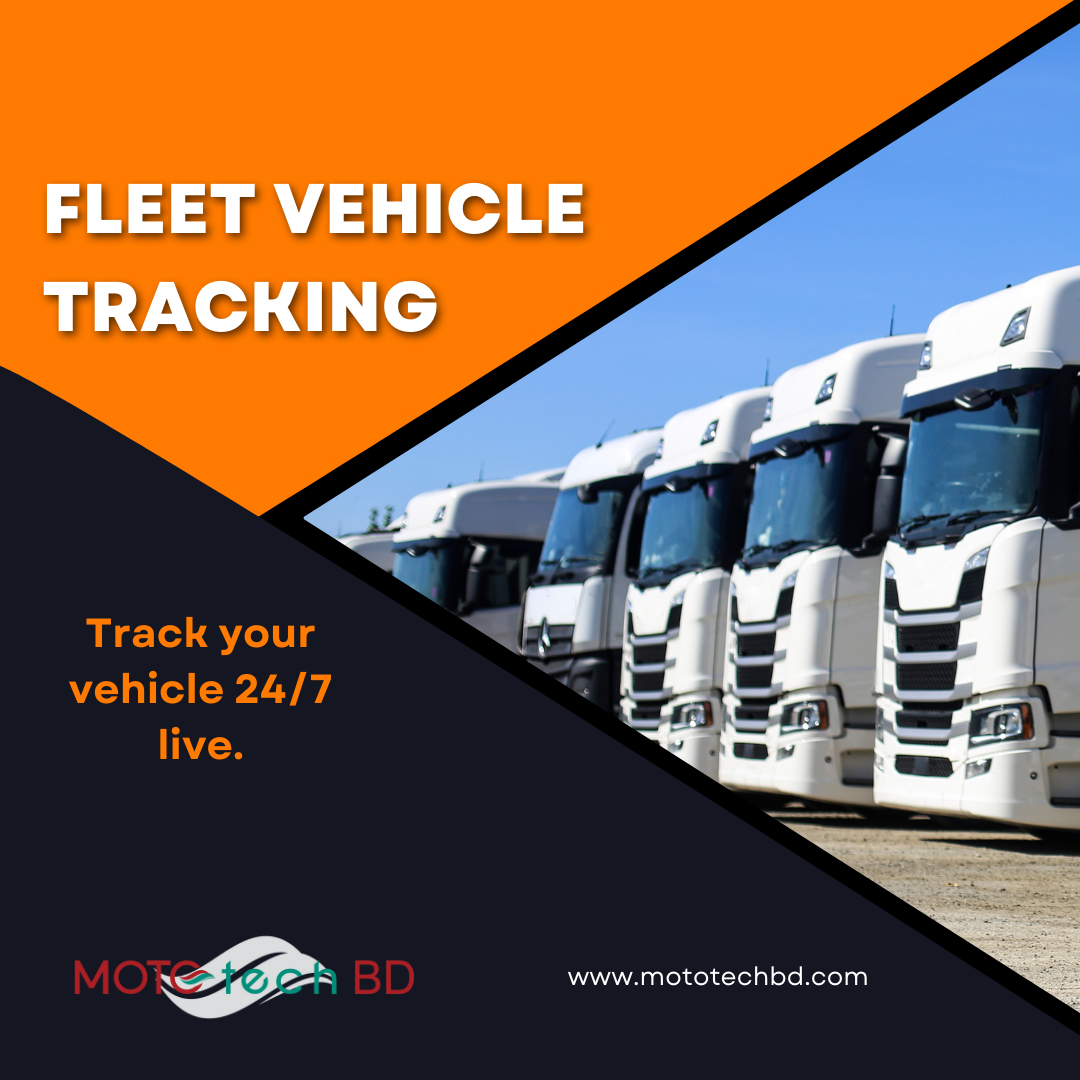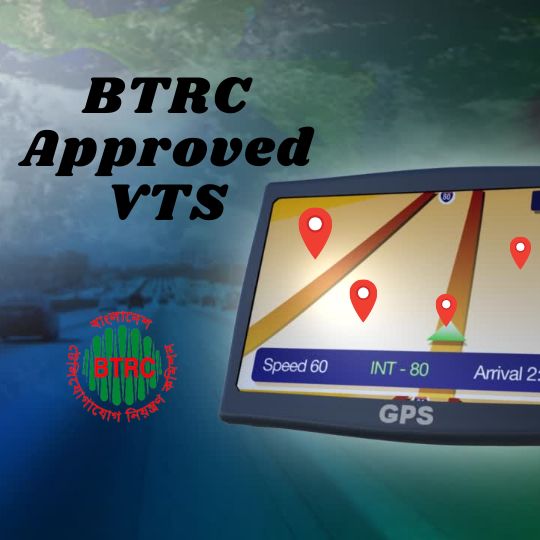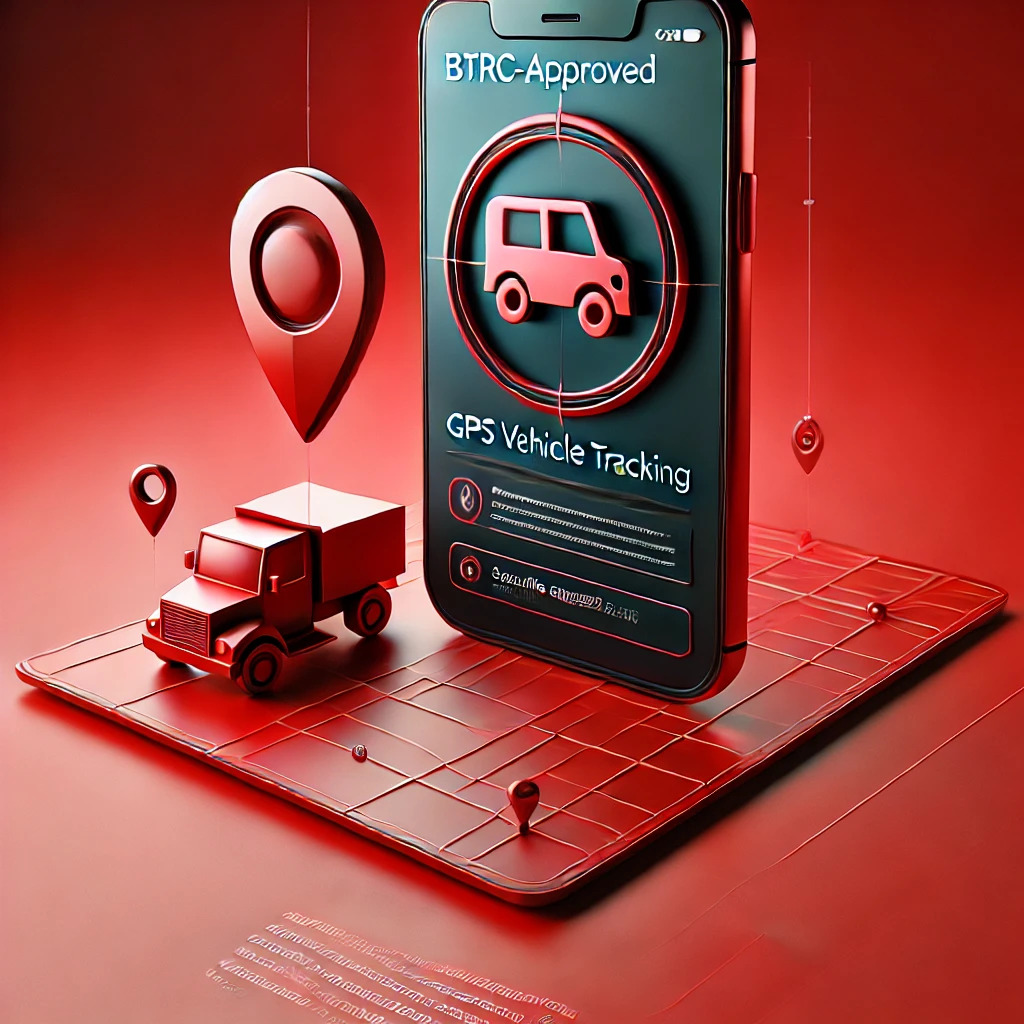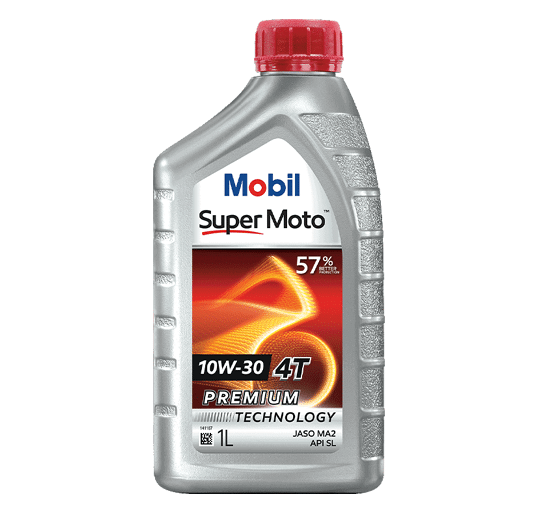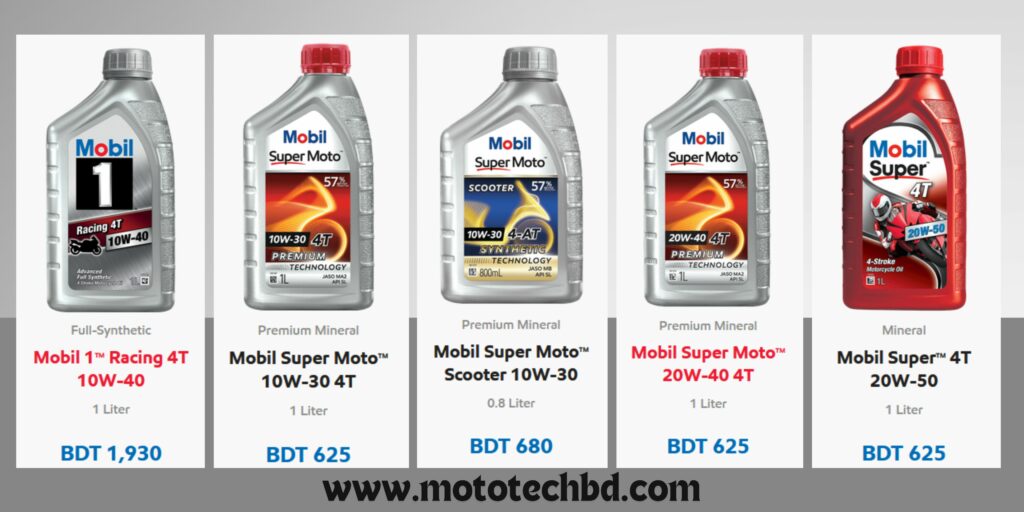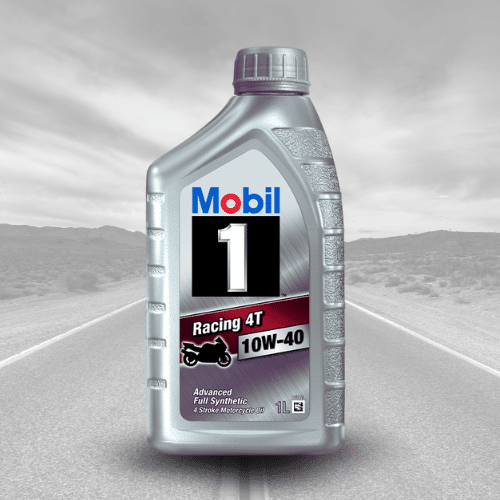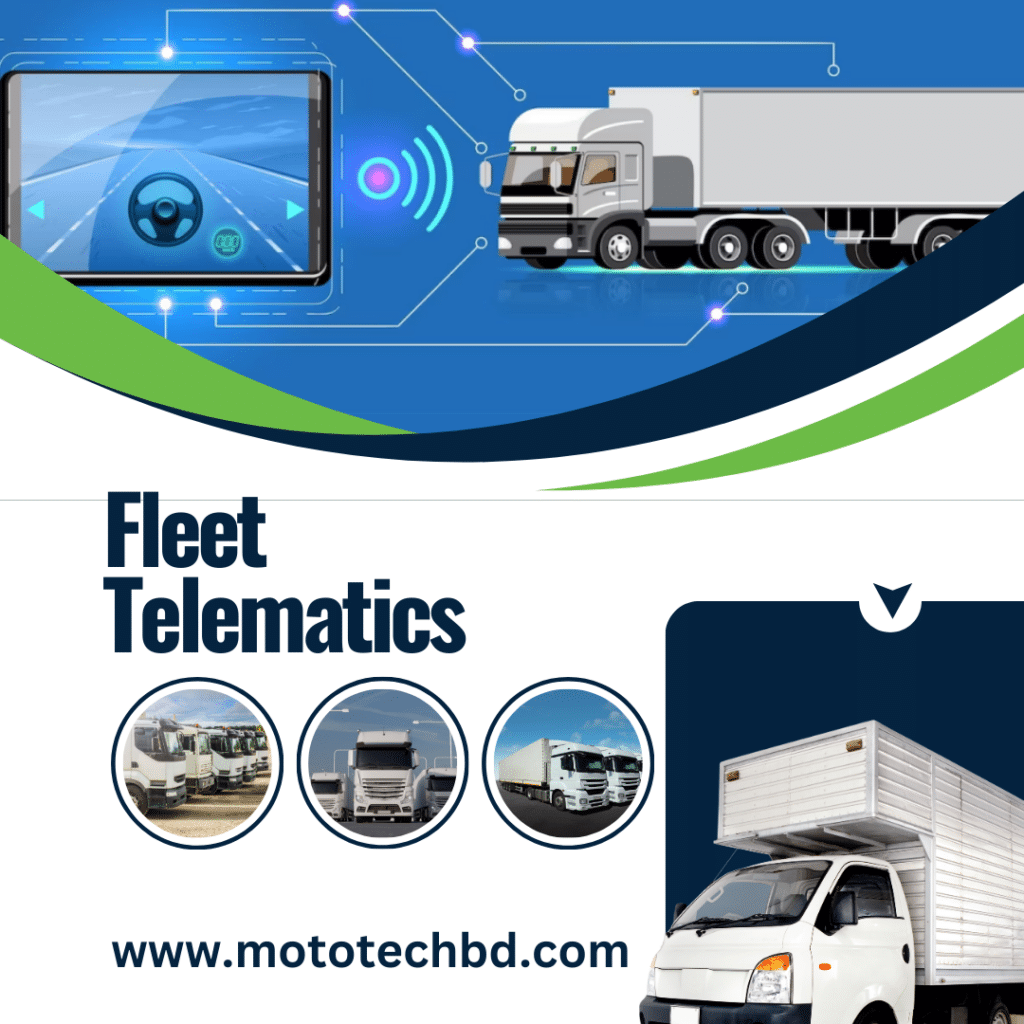In the fast-paced world of logistics and transportation, having full visibility over your vehicles is essential. Fleet vehicle tracking has emerged as a crucial tool for businesses looking to monitor their fleet in real-time, optimize routes, reduce operational costs, and ensure the safety of drivers. Whether you run a delivery service, logistics company, or transportation business, fleet vehicle tracking can significantly enhance your operations and keep your assets secure.
What is Fleet Vehicle Tracking?
Fleet vehicle tracking is a technology that uses GPS systems to monitor the location, movements, and status of vehicles in a fleet. This real-time data helps businesses optimize routes, ensure timely deliveries, track driver behavior, and reduce fuel costs. The system consists of GPS devices installed in each vehicle, which communicate with a central server, providing a live map of vehicle locations and detailed reports on fleet activity.
Key Features of Fleet Vehicle Tracking Systems
- Real-Time Location Tracking
With GPS-enabled fleet vehicle tracking systems, businesses can see the exact location of their vehicles at any given moment. This information helps managers make informed decisions, whether it’s re-routing a vehicle to avoid traffic or sending the nearest truck to a new job. - Route Optimization
Fleet vehicle tracking systems analyze traffic conditions and suggest the most efficient routes, helping to reduce travel time, fuel consumption, and wear and tear on vehicles. - Driver Behavior Monitoring
These systems track driver habits such as speeding, harsh braking, and idling. Monitoring this behavior can lead to safer driving practices, lower accident rates, and reduced maintenance costs. - Geofencing and Alerts
Geofencing allows businesses to set virtual boundaries around specific areas. If a vehicle enters or leaves the designated area, the system sends real-time alerts, helping businesses prevent unauthorized use or theft of vehicles. - Maintenance Alerts
Fleet tracking systems can monitor vehicle health and send alerts when maintenance is due, reducing downtime and ensuring vehicles are in top condition. - Historical Data and Reporting
Fleet vehicle tracking systems store historical data on vehicle locations, routes, and driver behavior. This information is essential for audits, optimizing future operations, and improving fleet performance.
Benefits of Fleet Vehicle Tracking
- Improved Operational Efficiency
By optimizing routes and providing real-time updates on vehicle locations, fleet vehicle tracking helps businesses increase efficiency. Deliveries are completed faster, drivers spend less time in traffic, and the business can take on more jobs in a day. - Reduced Fuel and Maintenance Costs
Tracking driver behavior and optimizing routes can significantly reduce fuel consumption. Additionally, by monitoring vehicle performance, the system ensures regular maintenance, which minimizes costly repairs and breakdowns. - Enhanced Security and Theft Prevention
With real-time tracking and geofencing, fleet managers can quickly locate stolen vehicles and prevent unauthorized use. Alerts notify managers of any unusual activity, ensuring immediate action can be taken. - Increased Safety
Monitoring driver behavior helps reduce the risk of accidents. By promoting safer driving habits, businesses can lower insurance costs, protect their drivers, and maintain a positive reputation. - Better Customer Service
Real-time tracking allows businesses to provide accurate delivery estimates and updates to customers. This transparency helps improve customer satisfaction and trust in the business.
Industries That Benefit from Fleet Vehicle Tracking
- Logistics and Transportation
For logistics companies, fleet vehicle tracking ensures that goods are delivered on time, routes are optimized, and vehicles are monitored for any delays or issues along the way. - Delivery Services
Delivery services benefit from fleet vehicle tracking by offering customers real-time updates on their orders, reducing delivery times, and ensuring accurate delivery windows. - Construction and Equipment Rental
Construction companies and equipment rental services use vehicle tracking to monitor the location and usage of heavy machinery and vehicles, ensuring they are in the right place at the right time. - Public Transportation
Public transport systems, such as buses and taxis, use vehicle tracking to monitor routes, ensure timely service, and track vehicle maintenance needs. - Emergency Services
Ambulances, fire trucks, and police vehicles rely on vehicle tracking to respond to emergencies quickly and efficiently. Real-time tracking allows dispatchers to send the nearest vehicle to the scene.
Top Fleet Vehicle Tracking Solutions
1. Samsara Fleet Tracking
Samsara offers a comprehensive fleet vehicle tracking solution that provides real-time tracking, driver behavior monitoring, and route optimization. With cloud-based software, it’s easy to manage and scale for businesses of all sizes.
- Best For: Logistics, transportation, and delivery services.
2. Verizon Connect Reveal
This system allows businesses to monitor fleet activity in real time, optimize routes, and track driver performance. Verizon Connect also offers advanced reporting features and integration with dispatch systems.
- Best For: Large fleets and enterprises looking for a scalable solution.
3. Geotab Fleet Tracking
Geotab offers a flexible fleet vehicle tracking platform that integrates with various third-party software solutions. With customizable data reports and real-time monitoring, it’s perfect for businesses that need in-depth analysis of fleet performance.
- Best For: Small to large fleets with a need for data-driven insights.
4. NexTraq
NexTraq provides an all-in-one fleet vehicle tracking system that offers real-time GPS tracking, driver safety monitoring, and customizable alerts. It’s ideal for businesses that want a straightforward solution to improve fleet operations.
- Best For: Small and medium-sized fleets.
5. Fleet Complete
With Fleet Complete, businesses can track vehicle locations, monitor fuel usage, and receive maintenance alerts. The system also integrates with smartphones, allowing for easy communication between drivers and managers.
- Best For: Businesses needing a mobile-friendly fleet tracking solution.
How to Choose the Right Vehicle Tracking System
When selecting a vehicle tracking system, consider the following factors:
- Size of Your Fleet: Some systems are designed for smaller fleets, while others can scale to accommodate hundreds of vehicles. Choose a solution that fits your fleet size and can grow with your business.
- Real-Time Tracking Capabilities: Make sure the system provides live tracking and updates on vehicle locations, as this is critical for optimizing operations and responding to issues in real-time.
- Driver Behavior Monitoring: If safety and performance are top concerns, opt for a system that includes features like speed monitoring, harsh braking alerts, and driver scorecards.
- Maintenance and Reporting Features: Look for a system that offers automated maintenance reminders and detailed reports on vehicle performance. This helps ensure your fleet stays in top condition and minimizes downtime.
- Cost: Compare the cost of different systems, including both the initial setup and ongoing subscription fees. Some systems offer a higher level of customization and reporting, which may be necessary depending on your business needs.
Conclusion:
Incorporating a fleet vehicle tracking system into your business operations can result in significant improvements in efficiency, safety, and cost savings. Whether you’re managing a large fleet of trucks or a small delivery service, the right tracking solution can provide the insights you need to stay competitive and deliver top-notch service to your customers.


 YAMAHA
YAMAHA SUZUKI
SUZUKI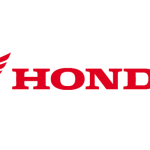 HONDA
HONDA


